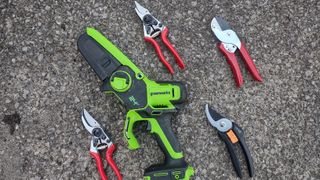Yard Tools
Latest about Yard Tools

Rear tiller vs front tine: which one has the edge?
By Maddy Biddulph published
Versus Both tools can break up soil, but which one is best for you?

Tiller vs aerator: which one has the edge?
By Maddy Biddulph published
Versus Both tools can improve lawn health and help the grass grow, but which one has the edge?
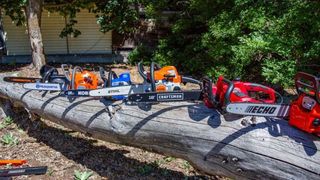
Best chainsaws: top picks for efficient cutting
By Alex Temblador last updated
Buying Guide The best chainsaws are powerful, versatile tools that provide significant benefits for various cutting tasks.
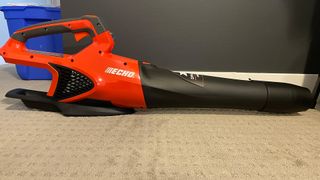
Echo eForce DPB-2500 review: a leaf blower for snow removal?
By Jonathan Knoder published
Review We tried the Echo eForce cordless blower for snow removal, testing its efficiency against traditional methods in winter weather conditions.
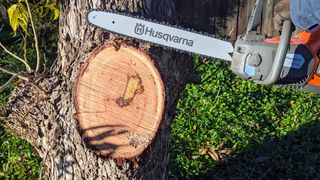
How to tighten a chainsaw chain: expert tips for correct tensioning
By Pete Wise published
How to A loose chainsaw chain can damage the tool and endanger its user. Follow these simple steps to tighten your chainsaw’s chain regularly.
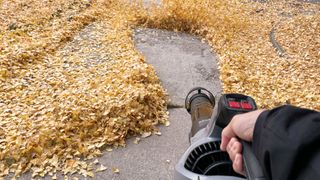
Best leaf blowers: top gas and cordless models
By Caroline Preece last updated
Buying guide Transform your messy backyard into a tidy oasis with the best leaf blower, making gardening a breeze.

How to sharpen a chainsaw: step by step for getting your tool back to its best
By Louise Bond last updated
HOW TO Learn how to sharpen a chainsaw blade with a file for optimum performance.
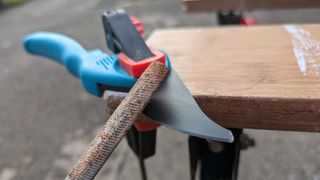
How to sharpen a pruning blade: step-by-step guidance from a world-leading shears-maker
By Pete Wise published
How to An artisanal shears-maker provides his best advice on sharpening your pruner for improved cutting performance and better plant health.
Sign up to receive the latest news, reviews, buying guides and deals direct to your inbox
